Share Your Feedback on ESA Astronomy Science Archives and ESASky!
By Deborah Baines (Quasar Science Resources for ESA) and Guido de Marchi (ESDC Science Lead)

Do you use any of the ESA Astronomy science archives or ESASky? If so, we are eagerly seeking your valuable feedback!
At ESA we are committed to providing you with the best possible experiences when accessing and utilizing our Astronomy Science Archives and the ESASky tool. To ensure that the services we offer meet your needs and expectations effectively, we have launched a short survey that aims to gather your insights and suggestions.
The survey is designed to be concise, taking no more than 10 minutes to complete. It covers various aspects of the Astronomy archives, including EXOSAT, Gaia, Herschel, HST, ISO, JWST, Lisa Pathfinder, Planck, XMM-Newton, and the ESASky tool itself. And at the end there are optional questions where you can provide us with more detailed feedback.
Your opinion matters! By participating in this survey, you have the opportunity to shape the future of these resources and help us enhance your experience. We genuinely appreciate your willingness to dedicate just a few minutes of your time to provide us with your feedback.
Images: Pixabay
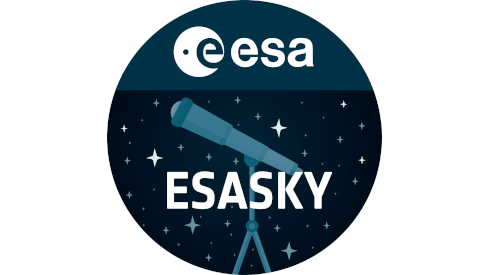
We are excited to announce two new releases of ESASky this year that greatly increase the amount of data accessible through the tool, including access to VizieR, IRSA, the PLATO asPIC catalogue, 2023 GW alerts and GLADE+.
Full story
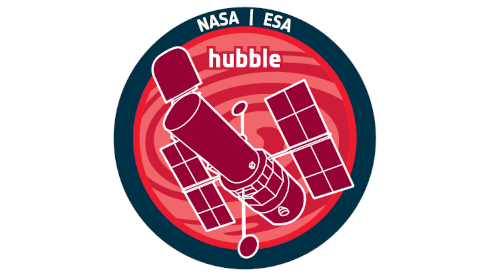
Users of the ESA Hubble Science Archive can now download Jupyter Notebooks containing their search results performed in the interface.
Full story
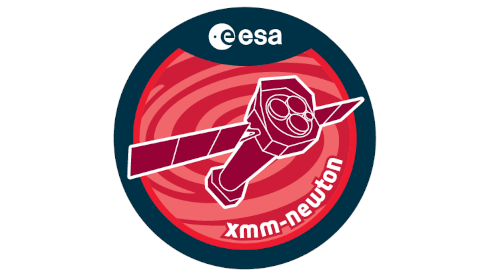
The latest serendipitous source catalogues have been included in the XMM-Newton Science Archive.
Full story
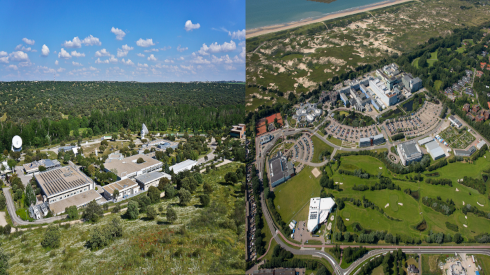
The latest round of Archival Research Visitors have been announced.
Full story
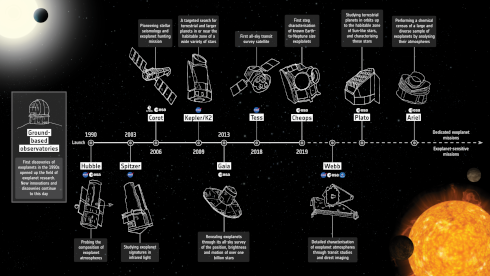
We are pleased to announce that CoRoT data collections and products are now served by ESASky!
Full story
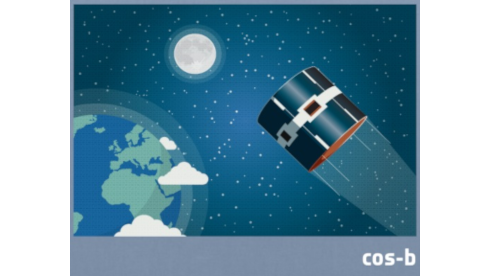
We are pleased to announce that CosB data collections and products are now served by ESASky!
Full story
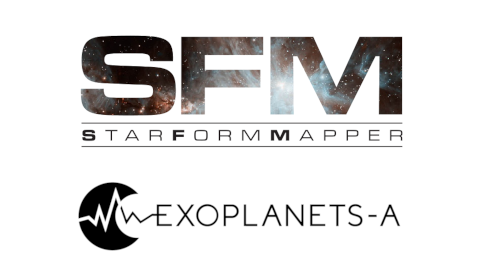
Data from the European Commission (EC) funded projects StarFormMapper and Exoplanets-A are accessible from ESASky and the ESASky Legacy TAP service.
Full story
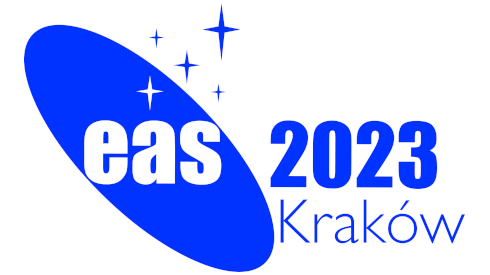
The session will take place on Wednesday 12 July. It will cover the Archival Research Visitor Programme, the Astronomy Archives Users Group and a hands-on ESASky session.
Full story
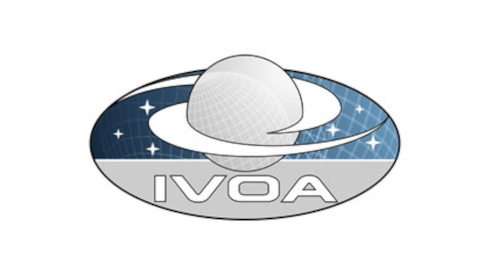
Members of the ESDC presented recent work on the ESA VO services, the Euro-VO registry, ESASky, DOIs and other topics.
Full story
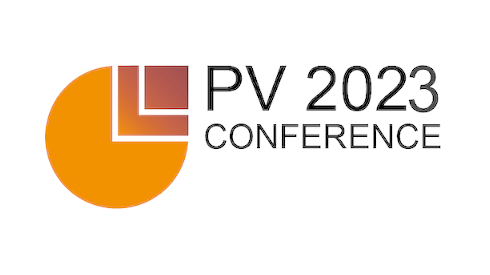
Members of the ESDC presented recent work on the INTEGRAL legacy archive, the ESA Data Discovery Portal and data discovery in big datasets.
Full story
ESASky Increases its Astronomical Data Offerings
By Deborah Baines (Quasar Science Resources for ESA), Elena Puga (Winter Way for ESA), Marcos López-Caniego (Aurora Technology B.V. for ESA), Philip Matsson (Winter Way for ESA), Mattias Wångblad (Winter Way for ESA), Henrik Norman (Winter Way for ESA), Javier Espinosa (Rhea Group for ESA), Alexandros Marantos (Winter Way for ESA)
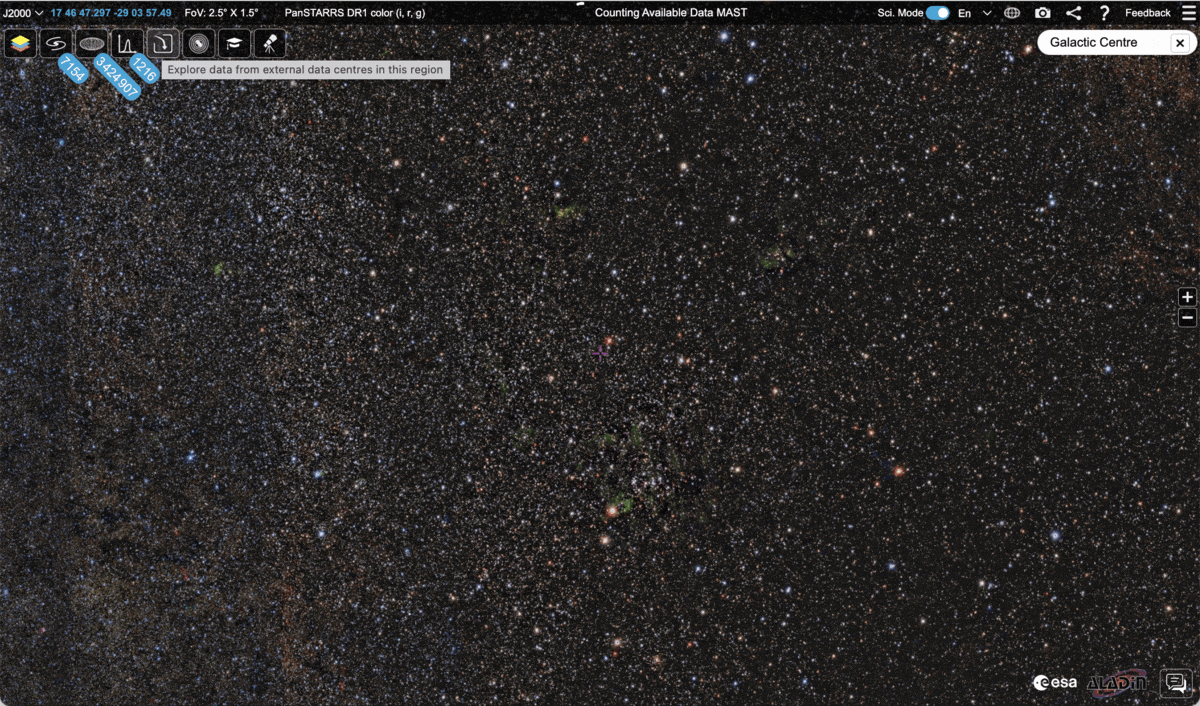
We are excited to announce two new releases of ESASky this year that greatly increase the amount of data accessible through the tool!
ESASky version 5.0, released in March 2023, extends the External Data Centres feature of the tool to provide access to the VizieR Astronomical Catalogue Service from the Strasbourg Astronomical Data Centre (CDS) and to provide access to all data centres registered in the Virtual Observatory (VO) Table Access Protocol (TAP) Registry. TAP table data and column metadata can now be loaded in ESASky with just a few clicks, and for the first time in ESASky, the Astronomical Data Query Language (ADQL) can be used to query TAP tables.
The ability to load catalogues from VizieR into ESASky has been a long-term request from ESASky users, and one that we are happy to now fulfill! To find the feature, click on the External Data Centres button ( ) and select the VizieR tab:
) and select the VizieR tab:  . Additionally, users can search and load data from any TAP registered in the VO. To find this feature, click on the External Data Centres button and select the TAP Registry tab:
. Additionally, users can search and load data from any TAP registered in the VO. To find this feature, click on the External Data Centres button and select the TAP Registry tab:  .
.
This feature provides access to many Data Centres not previously included in ESASky, including VizieR (as mentioned above), NASA/IPAC Infrared Science Archive (IRSA), the German Astrophysical Virtual Observatory (GAVO) Data Centre, the Javalambre-Photometric Local Universe Survey (J-PLUS) and all tables within the ESA Archive TAPs from: Gaia, XMM-Newton, the James Webb Space Telescope, the Hubble Space Telescope, Herschel, ISO, the Planetary Science Archive, and all tables in the ESASky TAP and the ESASky Legacy TAP (which contains data from ESA Legacy missions such as Hipparcos, Cos-B, CoRoT, and a selection of EU funded projects using ESA data).
The previously included Data Centres in ESASky from the European Southern Observatory (ESO), the Canadian Astronomy Data Centre (CADC), the Mikulski Archive for Space Telescopes (MAST), the High Energy Astrophysics Science Archive Research Center (HEASARC) and the Netherlands Institute for Radio Astronomy (ASTRON) continue to be accessible via the Dashboard tab and also via the TAP Registry tab. Any other TAP with an ObsCore table can also be added to the dashboard.
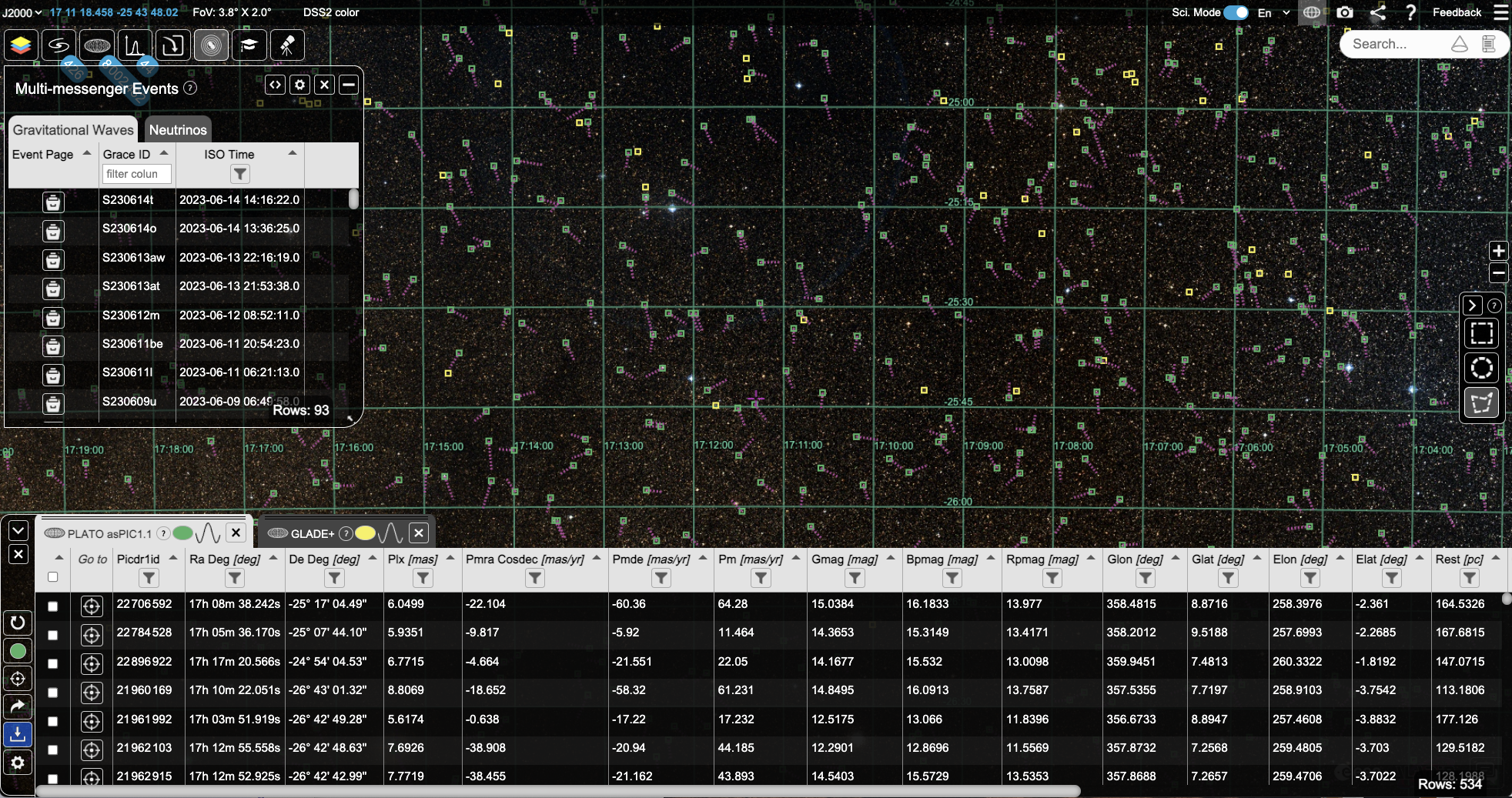 ESASky version 5.1 was released in June 2023 and includes 'up-to-the-minute' Gravitational Wave alerts from the LIGO-Virgo-KAGRA observing run 4 (accessible via the multi-messenger tool
ESASky version 5.1 was released in June 2023 and includes 'up-to-the-minute' Gravitational Wave alerts from the LIGO-Virgo-KAGRA observing run 4 (accessible via the multi-messenger tool  ) and two new catalogues: the all-sky PLATO Input Catalogue (asPIC1.1) and the GLADE+ Galaxy catalogue.
) and two new catalogues: the all-sky PLATO Input Catalogue (asPIC1.1) and the GLADE+ Galaxy catalogue.
The GLADE+ catalogue (last updated: 10 July 2022) has been ingested and published in ESASky as it is one of the catalogues used by the community to identify possible EM counterparts. GLADE+ is a full-sky catalogue of galaxies for multi-messenger searches with advanced gravitational-wave detectors. GLADE+ is built as a joint catalogue combining data from six separate but not independent astronomical catalogues: the GWGC, 2MPZ, 2MASS XSC, HyperLEDA, and WISExSCOSPZ galaxy catalogues, and the SDSS-DR16Q quasar catalogue. It contains ~22.5 million galaxies and ~750,000 quasars. The purpose of this catalogue is to (i) help identifications of host candidates for gravitational-wave events, (ii) support target selections for electromagnetic follow-up observations of gravitational-wave candidates, (iii) provide input data on the matter distribution of the local universe for astrophysical or cosmological simulations, and (iv) help identifications of host candidates for poorly localised electromagnetic transients, such as gamma-ray bursts observed with the InterPlanetary Network. For more information see Dálya et. al. (2022) and the GLADE+ website.
The ESA PLAnetary Transits and Oscillations of stars (PLATO) mission will search for terrestrial planets in the habitable zone of solar-type stars. Because of telemetry limitations, PLATO targets need to be pre-selected. Now ESASky provides access to the all-sky PLATO input catalogue that will be fundamental to selecting the best PLATO fields and the most promising target stars, deriving their basic parameters, analysing the instrumental performances, and then planning and optimising follow-up observations. This catalogue also represents a valuable resource for the general definition of stellar samples optimised for the search of transiting planets. This first public release of the all sky PLATO Input catalogue (asPIC version 1.1) contains a total of 2,675,539 stars, among which are 2,378,177 FGK dwarfs and subgiants and 297,362 M dwarfs. See Montalto, M. et. al. (2021) A&A, 653, 98 for more details.
Further information on how to use the External Data Centres (TAP) search and the multi-messenger tool can be found in the ESASky documentation. We hope you enjoy the latest releases!
Images: ESA/ESDC
Custom Jupyter Notebooks available in latest version of ESA Hubble Science Archive
By Javier Espinosa (RHEA Group for ESA), Maria Arevalo (RHEA Group for ESA), Marco López-Caniego Alcarria (Aurora Technology B.V. for ESA), Francisco Raga (RHEA Group for ESA), Joaquim Oliveira (Aurora Technology B.V. for ESA), Adrián Trejo (RHEA Group for ESA), Paolo Pesciullesi (RHEA Group for ESA), Monica Fernandez Barreiro (RHEA Group for ESA)

The European Hubble Science Archive is a valuable resource for astronomers, researchers, and space enthusiasts alike. It contains an extensive collection of images, data, and scientific information captured by the Hubble Space Telescope. To enhance the accessibility and usability of this vast archive, users can now download Jupyter Notebooks containing their searches. This article will guide you through the process of acquiring Jupyter Notebooks from the ESA Hubble Science Archive, empowering you to explore and analyze the wonders of the universe in a dynamic and interactive manner
Using the search interface, specify your criteria based on the parameters you are interested in. This can include selecting specific observation dates, target objects, instruments used, or even specialized data products. Once you have obtained your search results, click on the "Programmatic Access" button ( , that can be found in the left column of the results table) and different options to execute the same search will be shown, including wget, curl and Astroquery. Click on "Create Jupyter Notebook" and a notebook (.ipynb) will be generated. This file contains all the commands in Astroquery required to execute the same search.
, that can be found in the left column of the results table) and different options to execute the same search will be shown, including wget, curl and Astroquery. Click on "Create Jupyter Notebook" and a notebook (.ipynb) will be generated. This file contains all the commands in Astroquery required to execute the same search.
Congratulations! You now have a Jupyter Notebook containing your search results from the ESA Hubble Science Archive. Take advantage of the notebook's interactivity to explore and analyze the data further.
Images: ESA/ESDC
Discover new sources with the XMM-Newton Science Archive!
By Elena Jiménez (XMM-Newton Support Archive Scientist, Quasar Science Resources for ESA), Peter Kretschmar (XMM-Newton Archive Scientist), Joaquim Oliveira (Aurora Technology B.V. for ESA) and the ESDC XSA team.
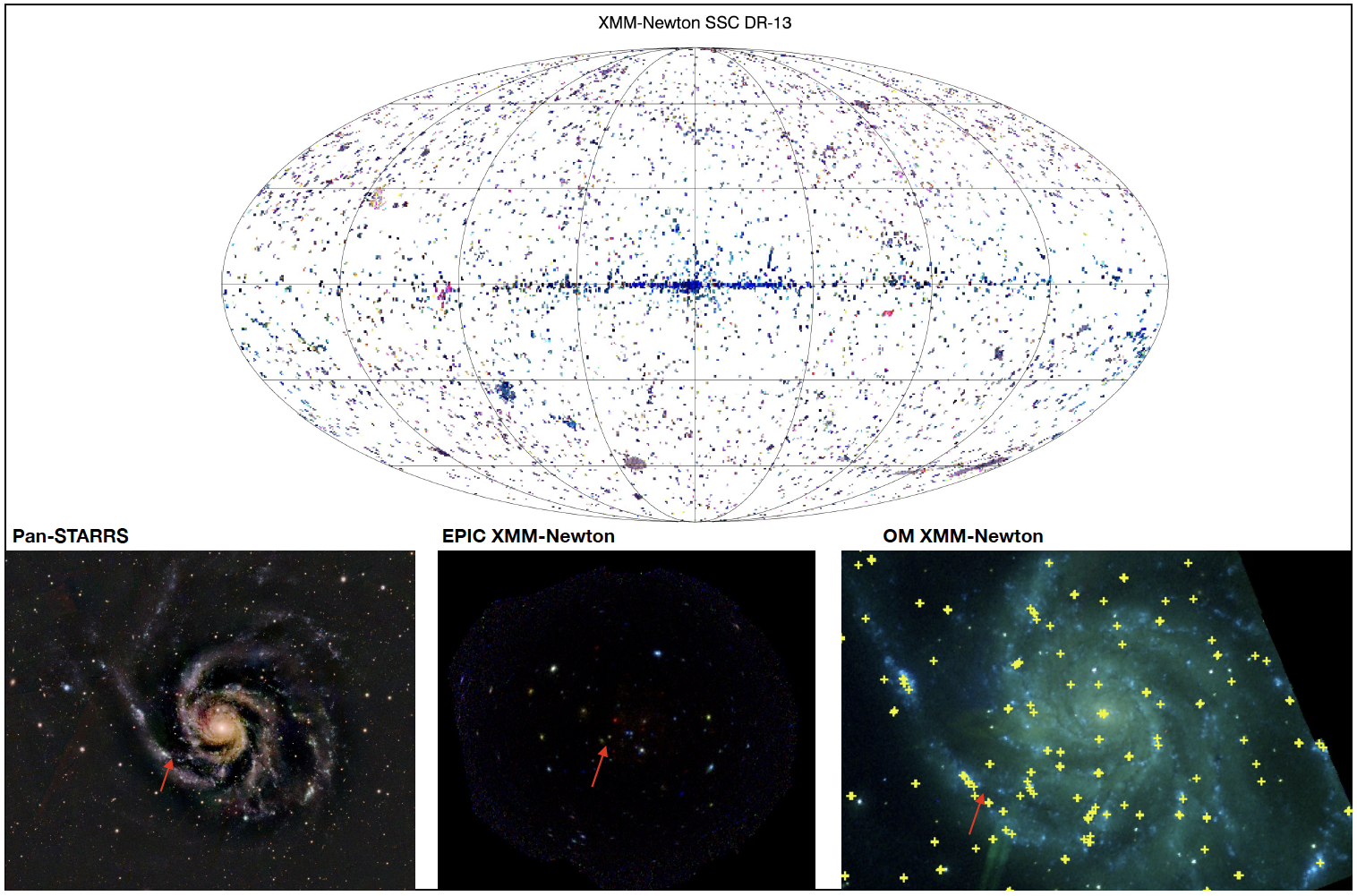
The latest serendipitous source catalogues, provided by the XMM-Newton Survey Science Centre, have been included in the XMM-Newton Science Archive (XSA): Data Release 13 of the Fourth XMM-Newton Serendipitous Source catalogue (4XMM-DR13) built from individual observations and the 4XMM-DR13s EPIC Stacked catalogue built from overlapping observations to allow detection of even fainter objects. Based on one more year of data, the first catalogue now includes 983,948 detections, more than 44,000 more than 4XMM-DR12, relating to 656,997 individual sources; 4XMM-DR13 covers a total sky area, with at least 1 ks exposure, of 1,328 square degrees (see Figure, upper panel). The second catalogue contains 401,596 unique sources, more than more 15,000 sources than the previous version. SED images, finding charts, lightcurves and spectra from these catalogues, together with other data in the 0.2–12 keV energy band are available via the XSA web interface and the Table Access Protocol.
The XMM-Newton scientific data can also be accesible through the python package astroquery. The function get_epic_spectra, included in the astroquery.esa.xmm_newton package, allows users to download the source and background spectra and ancillary files. The catalogues are also accessible via Table Access Protocols
through the URL https://nxsa.esac.esa.int/tap-server/tap with the tables xsa.v_epic_source_cat and xsa.v_epic_xmm_stack_cat for 4XMM-DR13 and 4XMM-DR13S, respectively.
The lower panels of the figure show the Pan-STARRS, the combined XMM-Newton EPIC and the XMM-Newton Optical Monitor Camera observations of Pinwheel Galaxy (M101). This galaxy hosts the supernova type II SN2023ixf, one of the closest and brightest supernovae of the last two decades. SN2023ixf was discovered on May 19, 2023. As part of two different Target of Opportunity programmes, XMM-Newton followed up the SN one week after the first detection and revisited it one month later. Although the Pinwheel Galaxy has been observed by XMM-Newton in several pointings, the progenitor, tentatively identify as a Red Super Giant with Hubble Space Telescope, Spitzer and Gemini Observatory, was only detected as a very faint near-IR source, not detected in other wavelengths, hence not detected either in the OM or EPIC exposures prior to the SN explosion. The XMM-Newton data of SN2023ixf are not public yet but the current detection will be included in the next 4XMM Data Release.
Image: The image displays the all-sky map with the 4XMM-DR13 detections courtesy of Pedro Rodriguez (SERCO Gestion de Negocios S.L. for ESA). Blue points show sources that shine brighter at high X-ray energies and red points sources brighter in the low X-ray energies. The sources in the Galactic plane are mostly blue due to absorption of the soft X-rays. In the lower panels, the images show the ESASky view of the Pinwheel galaxy M101 observed before the recent supernova explosion with with PanSTARRS, the XMM-Newton
EPIC, and the XMM-Newton OM; the brightest sources from the 4XMM-DR13 catalogue (yellow crosses) were superimposed to the XMM-Newton OM image. The red arrow shows the location of SN2023ixf.
Image: P. Rodriguez (SERCO Gestion de Negocios S.L. for ESA), XMM-Newton SOC/ESA
The Archival Research Visitor Programme
By Guido de Marchi (ESDC Science Lead)
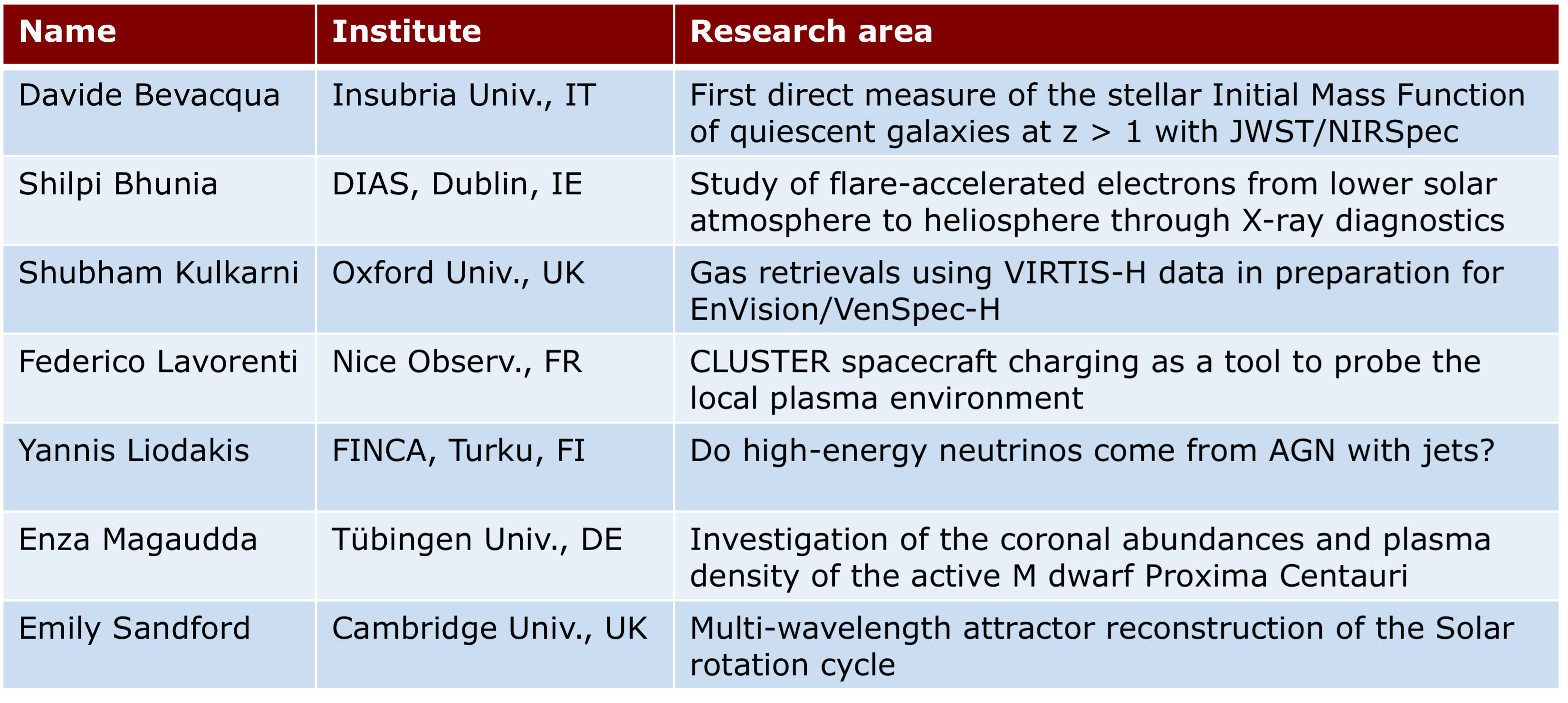
An excellent opportunity for early-career scientists to learn how to include ESA archival data in their research is the Archival Research Visitor Programme. Proposals for research projects making use of publicly available archival data are reviewed twice a year by an independent committee composed of community and ESA scientists. The committee just selected the seven most promising projects among those submitted in the latest call for proposals. We are thrilled to welcome these seven Visiting Scientists (listed above), who will travel to ESAC and ESTEC in the fall and winter months to pursue their research in a number of space science fields. The next application deadline is 31 October 2023 for visits in spring and summer of 2024. We are looking forward to receiving your proposals too!
Image: ESA
Access CoRoT data through ESASky!
By Elena Puga (Winter Way for ESA), Mattias Wångblad (Winter Way for ESA), Juan Cabrera (Deutsches Zentrum für Luft- und Raumfahrt - DLR), Herve Ballans (Institut d'Astrophysique Spatiale), Eric Michel (Observatoire de Paris), Philip Matsson (Winter Way for ESA), Henrik Norman (Winter Way for ESA), Alexandros Marantos (Winter Way for ESA), Magali Deleuil (Laboratoire d'Astrophysique de Marseille), Marc Ollivier (Institut d'Astrophysique Spatiale) and the CoRoT team

Planet hunting missions are at the core of the ESA Science Programme priorities for the next ten years. While CHEOPS is in operations since 2020, ESA will be launching two more dedicated exoplanet satellites: PLATO and Ariel in 2026 and 2029, respectively. During this sustained effort in the field of exoplanet research, multi-mission science data aggregation and complementary analysis plays a central role. The stellar seismology and exoplanet hunting satellite CoRoT was a pioneer in the exoplanet mission timeline from space. The project was led by CNES, with contributions from ESA, Austria, Belgium, Germany, Spain and Brazil.
CoRoT (Convection, Rotation and planetary Transits) was the first space mission dedicated to exoplanet research and designed for this purpose. Launched in December 2006, the mission had a nominal lifetime of 2.5 years. The scientific mission was officially ended the 20th of June 2013 and the satellite was de-orbited on 17 June 2014. During its observation phase, CoRoT continuously observed star fields in the Milky Way for periods of up to 6 months, recording the photometric light curve of 171 distinct bright stars (with a visible magnitude between 5.8 and 8) using the bright stars channel and 163,665 faint stars (with a visible magnitude between 10.5 and 16) using the faint stars channel. Its optical design provided a field of view of 2.7° by 3.05°, and thereof the exoplanet teams detected a total of 4,123 transit-like features in the 177,454 light curves it produced. CoRoT produced nearly 6 years of data that are accessible online. The "CoRoT Legacy Book" describes these data and their correction methods, the most recent highlights up to now, and the new space projects that inherit from CoRoT.
The ESASky functionality to access data from external data centres has been extended to include any Table Access Protocol (TAP) services registered in the Euro-VO Registry that are compliant with Virtual Observatory (VO) standards. This new feature has recently enabled the interface of the ESASky web portal with our ESASky legacy TAP service. This service is a treasure chest that contains ESA legacy missions previously hosted outside of ESDC (Hipparcos, Cos-B) and high-science value data collections and products coming from EU-funded projects based on ESA missions. We are pleased to announce that CoRoT data collections and products are now served by ESASky!
The ESA Legacy TAP includes now the last version (N2-4.4) of the Bright and Faint star catalogues produced by CoRoT. These catalogues are complemented via the DataLink protocol with a download service of science-ready data products such as light curves (variations in star brightness over time) as well as full images recorded during three orbits at the beginning of each run and windescriptors. Those provide information on the surrounding of the target and on CCD windows and masks so as to optimize the signal-to-noise ratio of the measured light curves.
Image: ESA
Access Cos-B catalogues and data products through ESASky!
By Elena Puga (Winter Way for ESA), Erik Kuulkers (ESA), Mattias Wångblad (Winter Way for ESA), Philip Matsson (Winter Way for ESA), Henrik Norman (Winter Way for ESA), Alexandros Marantos (Winter Way for ESA), and the ESASky team
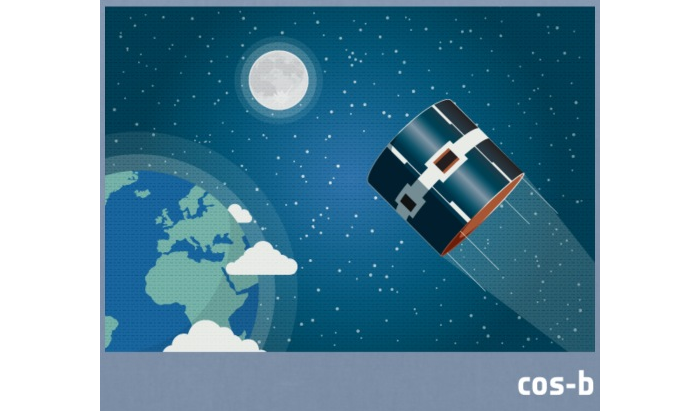
Cos-B was the first European mission to study gamma-ray sources and to be dedicated to a single experiment. This satellite was launched on behalf of ESA on a Thor Delta 2913 launch vehicle from the Western Test Range, California, on 9 August 1975. It had a design life of one year with adequate consumables and margins for another year of operations. In fact, Cos-B went on to function successfully for six years and 8 months, four years longer than planned. It was finally switched off on 25 April 1982.
Its goal was to map the sky, in particular the Milky Way, in the light of gamma rays with energy greater than 50 MeV. Such gamma rays may be produced by cosmic rays (relativistic protons and electrons), interacting with the interstellar medium, starlight and magnetic fields. During its life, Cos-B had increased the amount of data on gamma rays by a factor of 25. Scientific results included the 2CG Catalogue, listing around 25 gamma ray sources, and the first full gamma-ray map of the Milky Way. The satellite also observed the X-ray binary Cygnus X-3 and the first gamma-ray active galactic nucleus, 3C 273.
The ESDC has repatriated the raw and high level product files from the Cos-B mission. The High Energy Astrophysics Science Archive at HEASARC was the only facility hosting these products in its Observatories (Past missions) archive. They are now available in our ESASky legacy TAP service. Additionally, the ESASky external data centres functionality has been recently extended to include any Table Access Protocol (TAP) services registered in the Virtual Observatory (VO) Registry that are compliant with VO standards. Thus, we are pleased to announce that Cos-B data tables and products are now served by ESASky!
The COSBMAP table is a log of the 63 x 6 available high level product files per energy range, rendering a total of 1,512 files available. The COSBRAW table is a log of the 65 Cos-B observation intervals and contains target names, sky coordinates start times and other information taken from the final Cos-B database produced by ESA in 1985. All products are made available via Datalink data access protocol.
And if you wish to give in to nostalgia, you can still celebrate the 45th anniversary of the Cos-B mission with its dedicated collection at Vintage ESA.
Image: ESA
ESASky Legacy serves data from European Commission funded projects: StarFormMapper and Exoplanets-A
By Elena Puga (Winter Way for ESA), Marta González (Universidad Internacional de Valencia), Thomas Nony (Instituto de Radioastronomía y Astrofísica, UNAM), Estelle Moraux (Institut de Planétologie et d'Astrophysique de Grenoble), Isabelle Joncour (Institut de Planétologie et d'Astrophysique de Grenoble), Frédérique Motte (Institut de Planétologie et d’Astrophysique de Grenoble), Stuart L. Lumsden (School of Physics and Astronomy, University of Leeds), Ignacio de la Calle (Quasar Science Resources for ESA), Pierre-Olivier Lagage (Commissariat à l’Energie Atomique et aux Energies Alternatives), Vincent Minier (Commissariat à l’Energie Atomique et aux Energies Alternatives), David Barrado (Centro de Astrobiología), John Pye (University of Leicester), María Morales-Calderón (Centro de Astrobiología), Carlos Rodrigo (Centro de Astrobiología), Miguel García Castro (Centro de Astrobiología), Enrique Solano (Centro de Astrobiología) and the StarFormMapper and Exoplanets-A teams
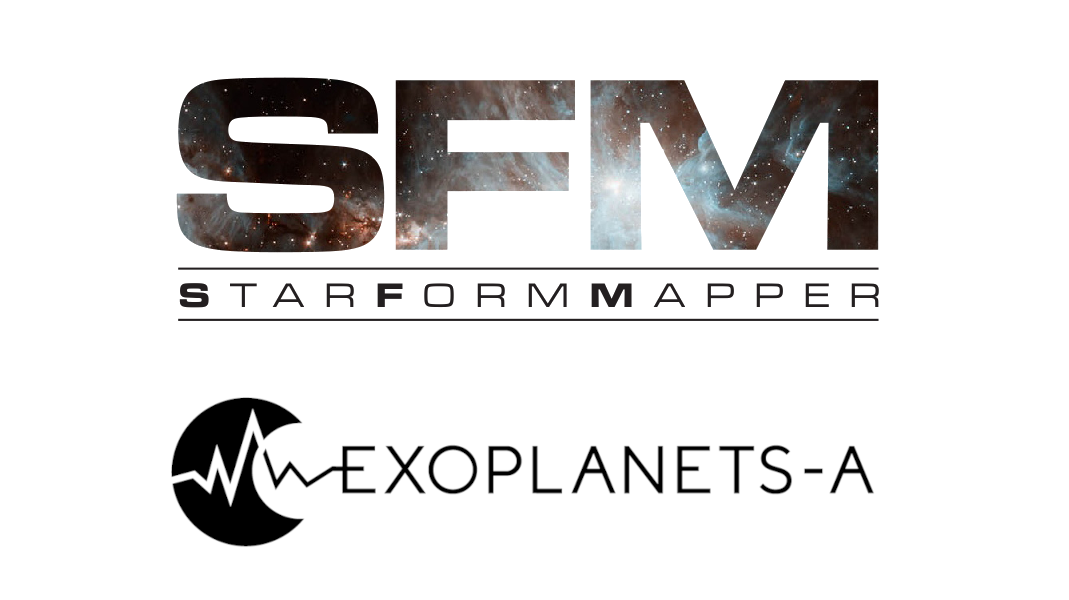
Oftentimes, high-level science data products or collections earn a higher level of visibility and use in the community than the original products from the mission archives. The ESDC data repatriation project seeks out, through the Astronomy Archives User Group recommendations, to include and serve those products and offer a central point of access for a plethora of science data content within the discovery platform of ESASky.
StarFormMapper
StarFormMapper (European H2020 RIA project with DOI:10.3030/687528) is a scientific study into the formation and evolution of massive stars and their natal clusters. The key aim of the project is to combine data from two of ESA major space missions, Gaia and Herschel, together with ground based facilities, to constrain the mechanisms that underlie both how massive stars themselves form, but more fundamentally, how their natal clusters evolve around them. The StarFormMapper project explored optimal methods of detecting substructure in both dust/molecular gas maps (including radial velocity information for the gas), and in the stellar component of young clusters. Hence, it produced catalogues of subclusters as well as catalogues of compact and extended molecular cloud components (molecular cores and clumps).
We present four catalogues (9 tables) of the significant substructure found in four star-forming regions (Taurus, IC348, Upper Scorpius and Carina), published in González et al., 2021. These are catalogues of local, compact substructures in star-forming regions detected using the S2D2 (Small Significant DBSCAN Detection) clustering algorithm applied to catalogues of YSO members by Luhman, 2018, Luhman et al., 2016, 2018 and Kuhn et al., 2014. Additionally, we provide the catalogue published in Nony T., Robitaille J.-F., Motte F., et al., 2021, which characterized the structure of the NGC 2264 molecular cloud and compared the populations of clumps and young stellar objects (YSOs). This work relied on the Herschel column density map of NGC 2264 and extracted compact cloud fragments from the column density image, measured their basic properties, and studied their spatial and mass distributions. See here for more information.
Exoplanets-A
Exoplanets-A is a (European H2020 RIA project with DOI:10.3030/776403) in the field of extra solar planets. It focuses on the characterization of exoplanet atmospheres, a new field of research, including photometric and spectroscopic observations and spanning the wavelength range from X-rays to the IR. The properties of the exoplanet host stars are key factors to understanding the environment within which the exoplanet lies and estimating the energy inputs into its atmosphere. The Exoplanets-A project uses primarily online archival databases like XMM-Newton, Chandra and ROSAT catalogues while primary databases in UV are HST (for UV spectra) and GALEX (for UV photometry) catalogues. Optical observations provide extreme-precision stellar parameters such as its luminosity, effective temperature and radius, which in turn have an impact in the retrieval process of the planetary-atmosphere properties. Also, all targets have been identified from the Gaia/DR2 data in order to extract key values about astrometric properties, such as proper motions and distances of host stars. The variability information of host stars is derived from different projects (mainly Kepler and Kepler K2). The characterization of exoplanet atmospheres is studied with spectroscopy at infrared wavelengths using the Hubble Space Telescope (HST) and Spitzer archived space data.
We present two catalogues from the Exoplanets-A project: the exoplanets & host stars catalogue is a coherent and uniform database of the relevant properties from International Space Science archives (e.g. HST, XMM, Gaia, Spitzer, Kepler), combined with ground-based data and publications. These exoplanet and host star properties are accompanied/interpreted with results from the Exoplanets-A project. The original database is located at the Astrobiology Centre (CAB) in Spain. It contains information for 205 exoplanets and 113 host-stars. The star-planet interaction catalogue provides a list of parameters that can be used to assess the strength of these 149 interactions: X and UV stellar flux, plasma conditions at the planetary orbit, tidal dissipation coefficients, among others. The majority of these parameters were estimated thanks to cutting-edge models at the forefront of the research on exoplanetary science. See here for more information.
These and other data collections from EU-funded projects are available via the ESASky Legacy TAP service. Thanks to the new ESASky extended access functionality to external data centres you can discover them now directly in ESASky!
Image: ESA
Join us at the ESA Space Science Archives Lunch Session at EAS!
By Deborah Baines (Quasar Science Resources for ESA) & Guido de Marchi (ESDC Science Lead)
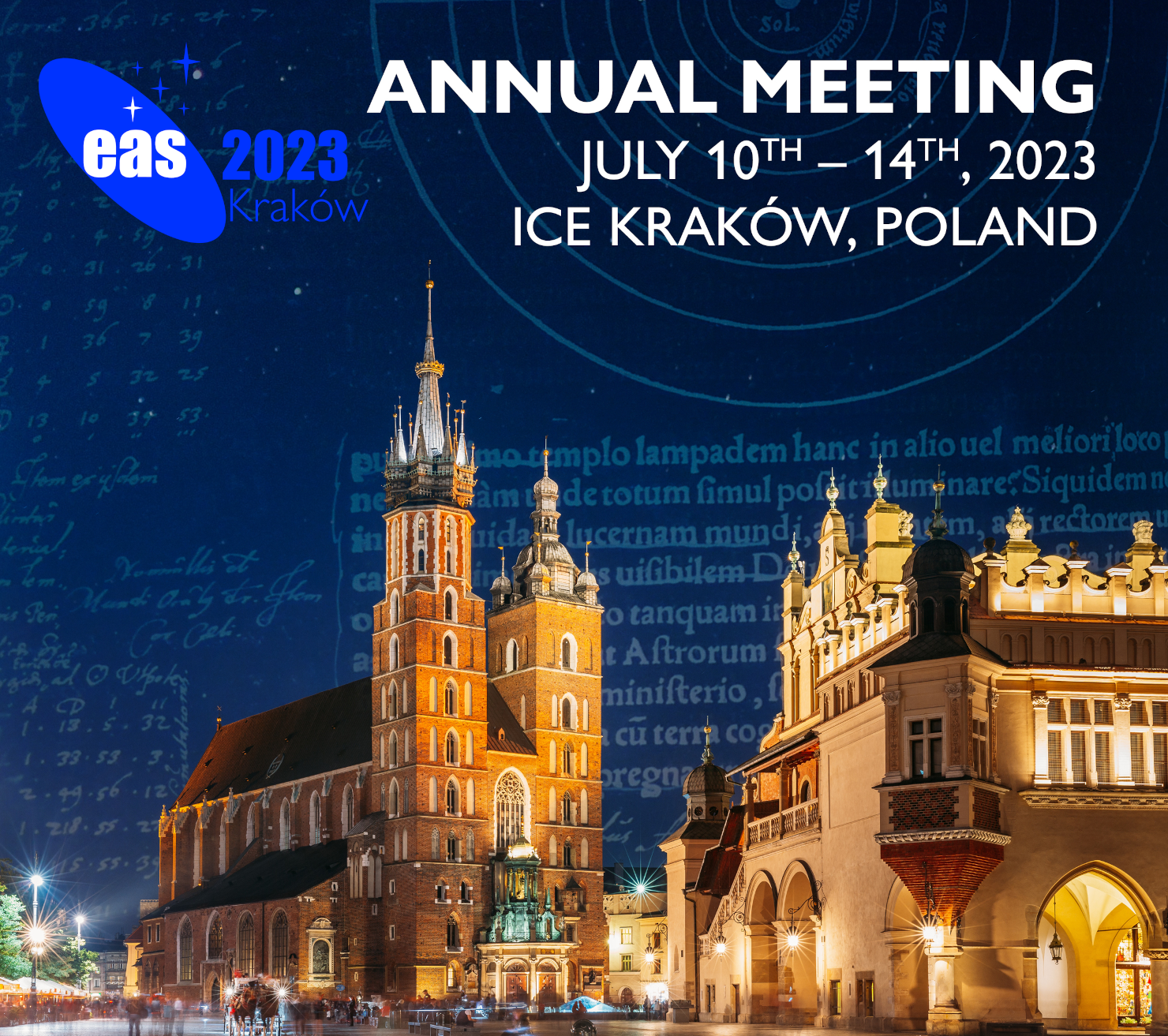
The next European Astronomical Society (EAS) Annual Meeting, will take place in Kraków from 10 to 14 July 2023. Astronomers from all over Europe will gather to present their recent scientific work and to learn about the status of the different fields of Astronomy and Space Science in a number of symposia and parallel sessions. Other interests and concerns of the scientific community, such as future instrumentation and facilities, machine learning, astronomical education and outreach, or policies for inclusivity in Astronomy, will also be discussed.
Members of the ESDC will conduct a Lunch Session devoted to the ESA Science Archives on 12 July. The session will cover an introduction to the archives, information on the Archival Research Visitor Programme, and a talk by the chair of the ESA Astronomy Archives Users Group. During the session, ESDC members will also provide a hands-on session on how to seamlessly explore and compare the content of the archives with ESASky. Ample time will be allocated for discussion.
There will also be chances to meet the ESDC members at the ESA booth, where attendees can ask for a personalised demo of any of our services. We hope to see you in Kraków, and look forward to all your inputs and feedback!
Image: EAS 2023
The ESDC at the Bologna IVOA Meeting
By Deborah Baines (Quasar Science Resources for ESA), Christophe Arviset (Head of the Data Science and Archives division), Sara Nieto (Rhea Group for ESA), Henrik Norman (Winter Way for ESA), Bruno Merín (Head of ESDC), Rachana Bhatawdekar (ESDC Technical Lead), Vicente Navarro (ESA), Sandor Kruk (ESA)

The International Virtual Observatory Alliance (IVOA) is a worldwide organisation aimed at enabling global and integrated access to astronomical data. It achieves this by debating and writing the technical standards and protocols that are needed to make the Virtual Observatory (VO) -the vision that astronomical datasets and other resources should work as a seamless whole- possible.
Members of the ESDC, representing ESA, have been involved in the IVOA since it first formed in 2002. Standards that have been co-written by the team include the access to spectroscopic data, spectral line databases, the Astronomical Data Query Language (ADQL) for querying astronomical databases, the access to sky survey data, and the standards on object visibility and location of observations. Furthermore, the ESDC is actively implementing the IVOA standards to create VO-enabled archives and applications, making VO a reality for the science community. Currently, most of our new archives are using a VO-compliant architecture.
The IVOA meets every six months at the Interoperability meetings to discuss and develop the VO standards and VO-based applications. The Northern Spring 2023 Interoperability meeting was a hybrid meeting, held on 8 to 12 May at the Congress Centre of the Research Area in Bologna, and was hosted by the Italian VO. Members of the ESDC presented recent work on the status of VO services exposed by ESA (like Gaia, Euclid, Helio and Planetary missions), on the Euro-VO registry, on ESASky, as well as on the ESA Data Discovery Portal, link to ESA datasets DOIs and to Google Dataset Search. In addition, ESA colleagues within the Data Science and Archives division at ESAC presented the ESA Datalabs science platform, recent work on machine learning projects using archival data, and participated in the discussion panels on Science Platforms and Machine Learning. Finally, team members represented the ESDC and ESA in the Executive Committee and the Committee on Science Priorities. Many thanks to the Italian VO for organising a very productive meeting!
Image: VObs.it
The ESDC at PV2023
By Monica Fernandez Barreiro (RHEA Group for ESA), Christophe Arviset (Head of the Data Science and Archives division), Pilar de Teodoro (Aurora Technology B.V. for ESA)
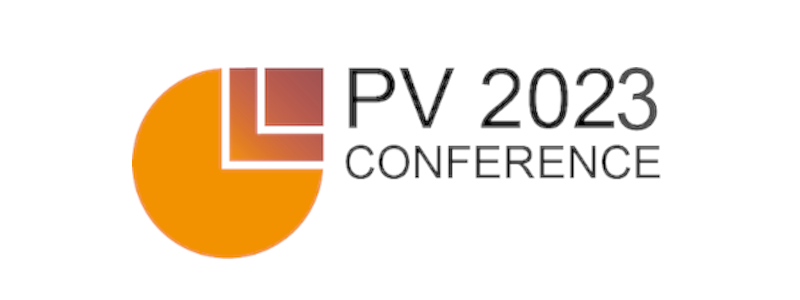
The PV conference series has been meeting every 2 to 3 years since 2002 and is about ensuring long-term Preservation and Adding Value to Scientific and Technical Data. As such it is of significance in bringing together scientific interests in digital preservation. PV2023 was held on 2 - 4 May 2023 at the European Organization for Nuclear Research (CERN) in Geneva (Switzerland). PV2023 continued to address prospects in the domain of data preservation, stewardship and value-adding to scientific data and research related information.
Members of the ESDC presented recent work on the INTEGRAL legacy archive being developed at ESAC, on the ESA Data Discovery Portal and on enabling data discovery in big datasets (in particular for Euclid and Gaia).
Image: PV2023











 ) and select the VizieR tab:
) and select the VizieR tab:  . Additionally, users can search and load data from any TAP registered in the VO. To find this feature, click on the External Data Centres button and select the TAP Registry tab:
. Additionally, users can search and load data from any TAP registered in the VO. To find this feature, click on the External Data Centres button and select the TAP Registry tab:  .
.
 ESASky version 5.1 was released in June 2023 and includes 'up-to-the-minute' Gravitational Wave alerts from the LIGO-Virgo-KAGRA observing run 4 (accessible via the multi-messenger tool
ESASky version 5.1 was released in June 2023 and includes 'up-to-the-minute' Gravitational Wave alerts from the LIGO-Virgo-KAGRA observing run 4 (accessible via the multi-messenger tool  ) and two new catalogues: the
) and two new catalogues: the 
 , that can be found in the left column of the results table) and different options to execute the same search will be shown, including wget, curl and Astroquery. Click on "Create Jupyter Notebook" and a notebook (.ipynb) will be generated. This file contains all the commands in Astroquery required to execute the same search.
, that can be found in the left column of the results table) and different options to execute the same search will be shown, including wget, curl and Astroquery. Click on "Create Jupyter Notebook" and a notebook (.ipynb) will be generated. This file contains all the commands in Astroquery required to execute the same search.







